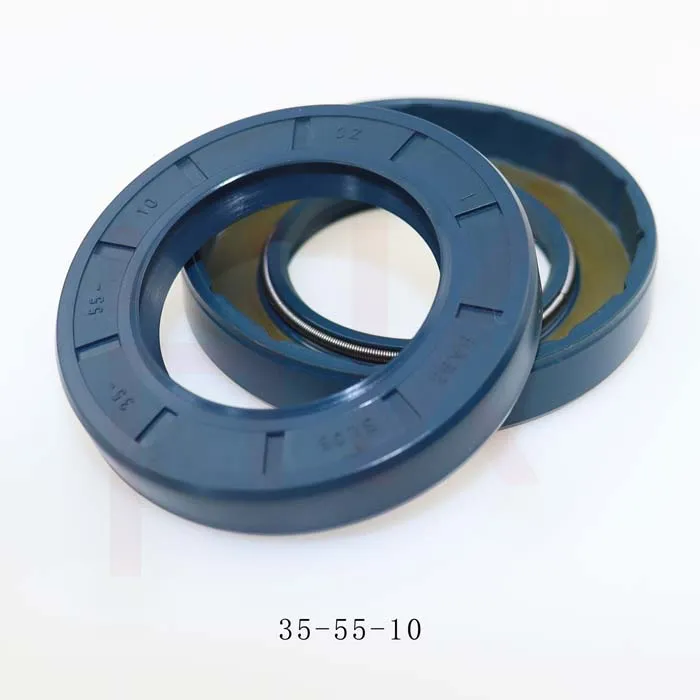Nov . 23, 2024 22:32 Back to list
rear wheel hub seal
Understanding Rear Wheel Hub Seals Importance and Maintenance
The rear wheel hub seal is an essential component in a vehicle's wheel assembly that plays a crucial role in maintaining the integrity and performance of the vehicle's rear wheel system. These seals are designed to prevent contaminants such as dirt, water, and debris from entering the hub assembly while also keeping lubricants contained within the hub. This dual function is vital for the longevity and efficiency of the vehicle, whether it's a passenger car, truck, or any other type of vehicle that relies on rear wheel hubs.
Function of Rear Wheel Hub Seals
The primary function of rear wheel hub seals is to protect the bearings and other internal components of the hub from contamination. The rear hub assembly consists of various parts, including bearings that facilitate smooth wheel rotation. If dirt or moisture infiltrates the area, it can lead to premature wear or failure of these components. This not only affects performance but can also lead to costly repairs down the line.
Moreover, these seals help retain the lubricant within the hub. Proper lubrication is essential for reducing friction and heat generation within the bearings. Without adequate lubrication, the bearings can overheat, leading to failure and, ultimately, unsafe driving conditions.
Signs of a Failing Rear Wheel Hub Seal
rear wheel hub seal

Several signs can indicate that a rear wheel hub seal is failing. One common symptom is a noticeable fluid leak, which may appear as oil seeping from the wheel area. Additionally, drivers may hear grinding or humming noises when driving, particularly when turning or maneuvering tight corners. These sounds often signal that the bearings are not adequately lubricated, likely due to a compromised seal.
If drivers notice any of these symptoms, it is crucial to address them promptly. Ignoring the problem can lead to more significant issues, including complete bearing failure, which could compromise vehicle safety and performance.
Maintenance and Replacement
Regular maintenance is key to ensuring the longevity of rear wheel hub seals. Routine inspections during oil changes or tire rotations can help identify any wear and tear before it leads to severe damage. If a seal shows signs of wear or the vehicle experiences persistent symptoms of failure, replacement should be prioritized.
Replacing a rear wheel hub seal typically involves disassembling the wheel and hub assembly, extracting the old seal, and installing a new one. This process, though straightforward for a skilled mechanic, can be complex for the average vehicle owner, making professional assistance advisable.
In summary, rear wheel hub seals are a critical component for vehicle safety and performance. Regular checks and timely maintenance can prevent more serious mechanical issues, ensuring a smooth and safe driving experience. Whether you are a casual driver or an automotive enthusiast, understanding the function and care of these seals can save you time, money, and hassle on the road.
-
TCN Oil Seal Metal Ring Reinforcement for Heavy Machinery
NewsJul.25,2025
-
Rotary Lip Seal Spring-Loaded Design for High-Speed Applications
NewsJul.25,2025
-
Hydraulic Cylinder Seals Polyurethane Material for High-Impact Jobs
NewsJul.25,2025
-
High Pressure Oil Seal Polyurethane Coating Wear Resistance
NewsJul.25,2025
-
Dust Proof Seal Double Lip Design for Construction Equipment
NewsJul.25,2025
-
Hub Seal Polyurethane Wear Resistance in Agricultural Vehicles
NewsJul.25,2025
-
The Trans-formative Journey of Wheel Hub Oil Seals
NewsJun.06,2025
Products categories
















